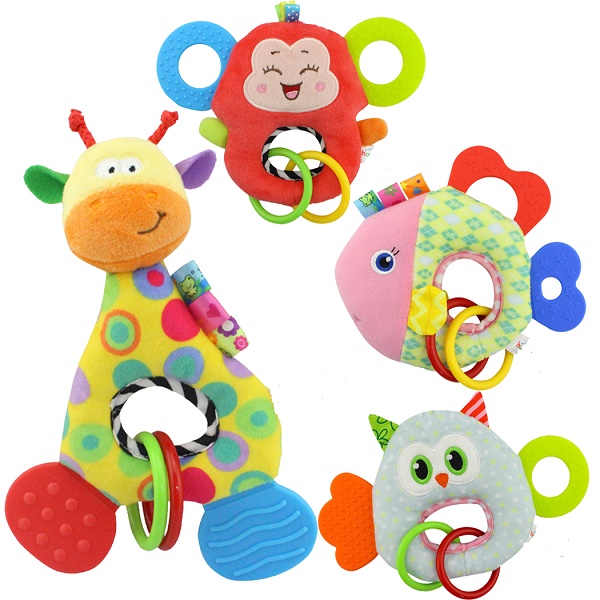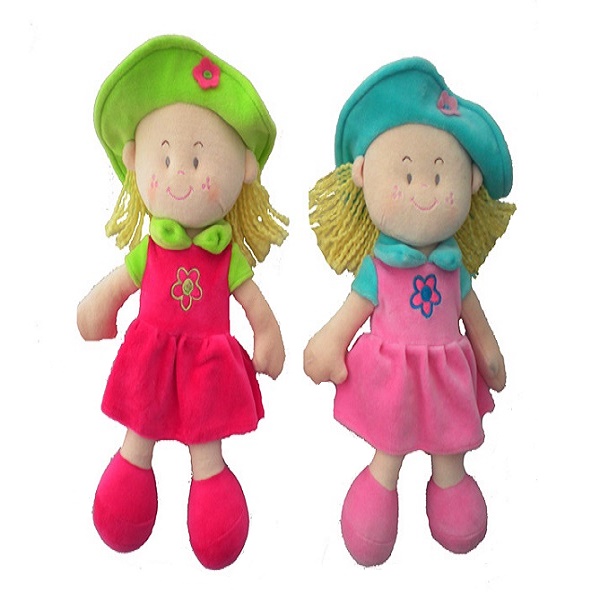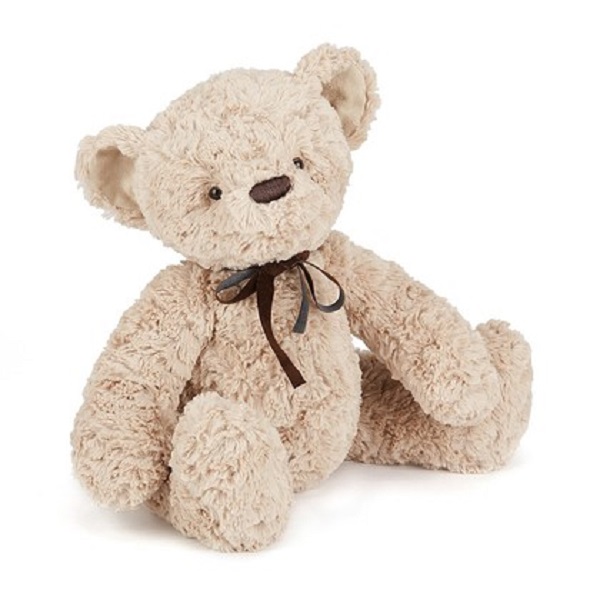How to choose appropriate toys for your baby
Here's some sound advice on how to choose safe and age-appropriate toys for your baby.
Today's toy stores offer thousands of products from which to choose, and that's just in the newborn and infant aisles. Unless you want to turn your home into a toy store, you need some criteria to help narrow the field.
Here's what to look for:
Age-appropriateness. Your baby will get the most enjoyment out of a toy only if he can use it. An age-appropriate toy encourages or challenges your baby to use and improve one or more developing skills. This consideration becomes increasingly important as your baby grows older and more sophisticated. A toy that doesn't offer any challenge may bore him. On the other hand, if it's too hard to use, a toy may frustrate your infant. By the time he develops the skills needed to enjoy a toy he received prematurely, he may have lost interest in it entirely.
Safety. Although toy manufacturers' age recommendations do take safety into account, you should carefully examine any plaything you plan to give your baby. During the first year, your baby will bang, drop, kick, pull, throw, bite, and suck on any toy you give him. To hold up under this kind of treatment, a toy needs to be durable. If it is breakable, your child will no doubt break it into pieces. If it has small parts, your baby will break them off. To prevent choking, avoid toys that have any parts smaller than two inches in diameter. Because your child will undoubtedly chew on his toys, they should be painted or finished with non-toxic materials. Finally, they should be easily washable so that you can keep them (relatively) clean and (relatively) free of germs.
In addition to these major safety concerns, you should also consider the weight of any toy. Your baby will inevitably drop any toy onto his toes or bang it into his face. Avoid toys that will hurt him when he does. Also avoid any plaything with sharp edges or with strings or ribbons long enough to wrap around your baby's neck.
Stimulation. If used correctly, a good toy will do something to stimulate one of your baby's senses (touch, sight, sound, or taste) or his developing abilities (hand-eye coordination, gross motor control, fine motor control, and so on).
Variety. Consider the toys you already have before buying any new toys. Try to select toys that offer your baby different colors, different textures, different shapes, and different sounds. By opting for variety, you expose your child at a very early age to the myriad of possibilities the world has to offer.
Simplicity. In general, the simpler the toy, the longer it will last. Simple toys have fewer parts and therefore prove more durable than more complicated toys. Simple toys also tend to offer more versatility. Today your child can hold it, next month he can throw it, and next year he can use it as a prop for make-believe play.
Whatever toys you choose, let your baby play with them in any way he chooses. After all, just because you know the "right" way to play with a certain toy doesn't mean that your baby can't come up with new and ingenious uses on his own



